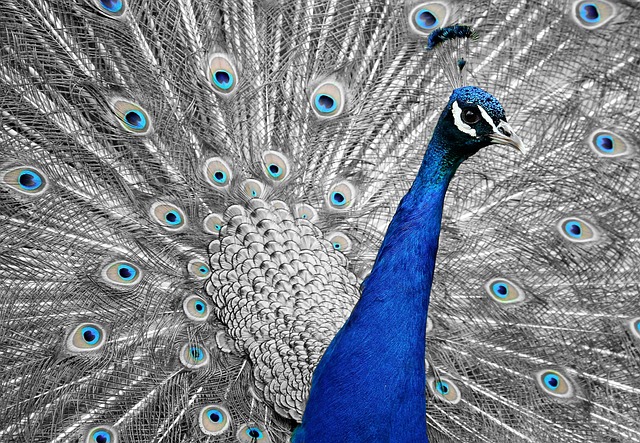Shading is more than just a technique in drawing; it’s an emotional and cultural language that transcends time and geography. As artists, we find ourselves in a constant dialogue with our medium, and shading becomes the voice through which we express our innermost feelings. In the realm of fine arts, the subtleties of light and shadow can convey depth, texture, and emotion, breathing life into our creations.
Throughout history, artists have developed varying approaches to shading, influenced by their cultural backgrounds. For instance, the Italian Renaissance masters, such as Leonardo da Vinci and Michelangelo, utilized chiaroscuro—the strong contrast between light and dark—to give their works a three-dimensional quality. This technique was rooted in the cultural rebirth of Europe, reflecting a profound shift toward the appreciation of humanism and nature.
In contrast, traditional Eastern art often employs a different method of shading, focusing on softer gradients and delicate line work. In Japanese ink painting, known as sumi-e, the artist uses a limited palette to create a sense of space and tranquility. The cultural undertones are rich with spirituality, emphasizing harmony with nature. The softness of the brush strokes invokes a feeling of peace, demonstrating how shading can evoke an emotional response that varies significantly across different cultures.
The fluid dialogue of culture and shading also extends to contemporary art. Modern artists continue to experiment with techniques, pushing the boundaries of traditional shading. Through the use of mixed media and digital tools, they blend various cultural influences to create unique visual narratives. This evolution showcases how shading, rooted in centuries of artistic tradition, adapts and transforms, reflecting our ever-changing cultural identity.
In our own artistic journeys, we too can explore the vast landscape of shading. By understanding its cultural significance and historical context, we can deepen our appreciation for fine arts and infuse our own work with layers of meaning. Experimenting with different shading techniques allows us to not only develop our skills but also connect with the rich tapestry of artistic expression from around the world.
When picking up a pencil, remember that each stroke can tell a story, each gradient can reflect a culture, and each shadow can speak to the emotions we dare to explore. Embrace this artistic journey, and let shading be your guide into the intricate and beautiful world of fine arts. In doing so, you will master not only the technique itself but also the profound connections it can forge between you and the myriad of artists who have walked this path before you.




